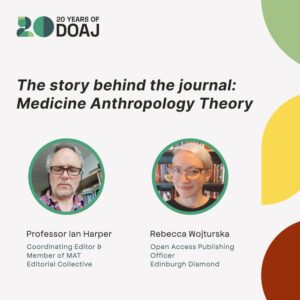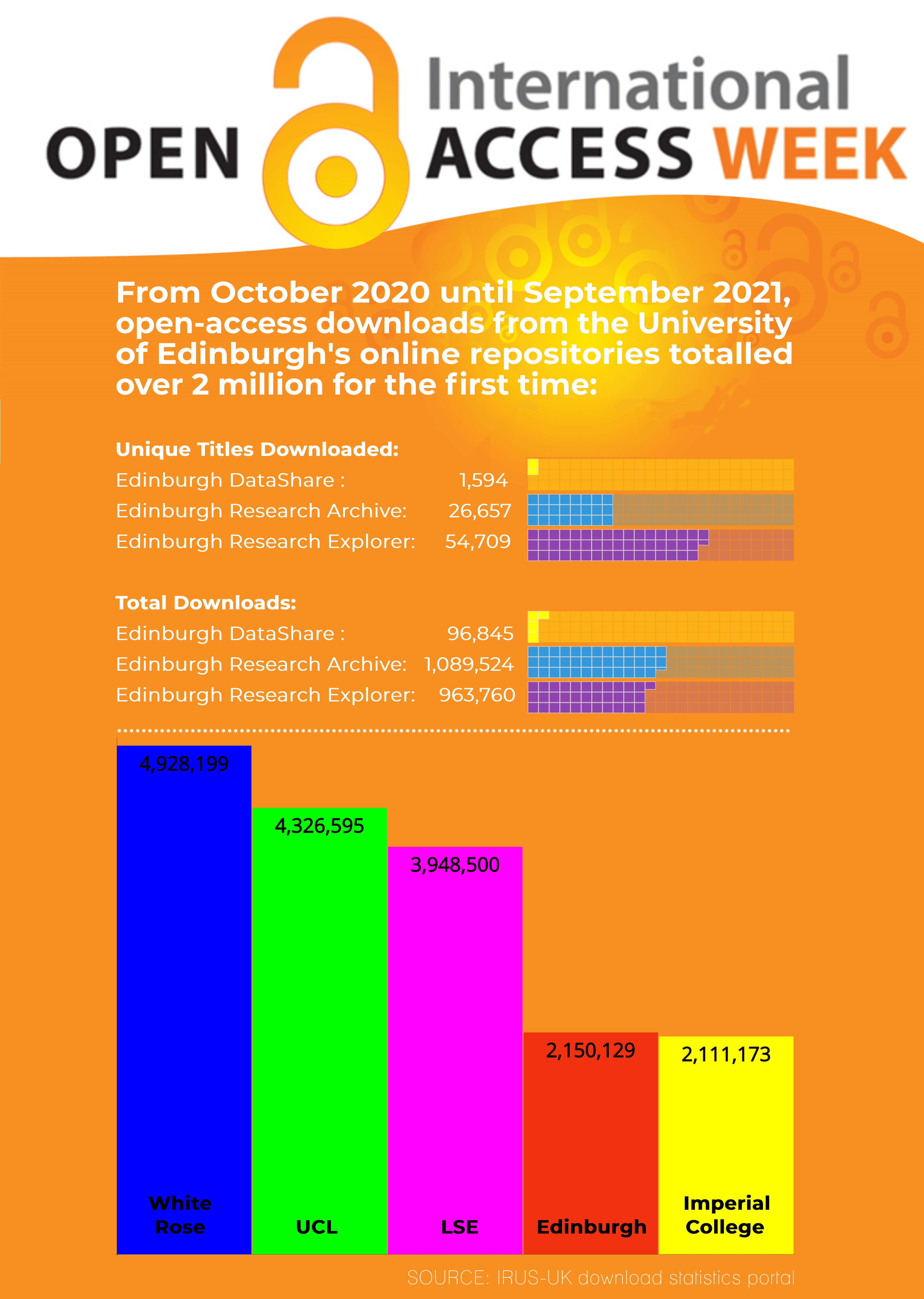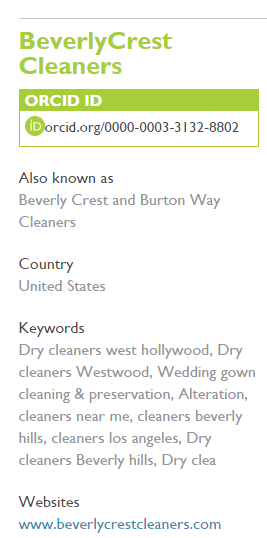Last week I attended the CERN Workshop on Innovations in Scholarly Communication (OAI9) in Geneva, a workshop looking at developments in scholarly communication, it was a diverse programme and attracted people from all sectors of scholarly communication, here are some of my highlights from each day;
Day One – Beginning the first day were a choice of tutorials, I elected the institution as publisher: getting started presented by UCL who are the first fully Open Access University Press in the UK. This offers a real alternative to commercial publishers, at the moment the majority of UCL Press authors are internal, external authors are liable to pay an APC.
The Keynote by Michael Nielsen, Beyond Open Access, looked at how open access policies should be crafted so they don’t inhibit innovation by constraining experimentation, new media forms and different types of publication. Following this was the session Looking at Barriers and Impact, Erin McKiernan, who is an early career researcher talked about her own experience and barriers she has faced in accessing research, she has made a pledge to be open, her opinion was early career researchers are in a position to be game changers in terms of making their research open. Finally Joseph McArthur, talked about the Open Access button helping readers find open access versions of research outputs, this is a tool created by young people who frequently faced barriers to accessing research.
Day Two – The second day of the workshop was held at the Campus Biotech

The first session looked at Open Science Workflows, CHORUS and SHARE, Jeroen Bosman and Bianca Kramer from Utrecht gave a really interesting presentation on the changing workflow of research – they had three goals for science and scholarship – Open, Efficient, Good. We should be supporting open science instead of just open access leading to diminishing traditional journals. This was highlighted using a diagram they created – 101 innovations in scholarly communication, highlighting the patterns and processes of innovation in this field. This is an ongoing survey of scholarly communication tool usage – part of an ongoing effort to chart the changing landscape of scholarly communication.
Following this session was Quality Assurance, focusing on researchers and reforming the peer review process. Janne-Tuomas Seppanen from Peerage of Science stated that some peer reviews are excellent – some are not, Peerage of Science tries to address this by the scoring of peer reviews, the idea being that peer reviewers are themselves peer reviewed increasing and quantifying the quality of peer review. This service is free for academics and publishers pay. Andrew Preston from Publons is looking at speeding up science by making peer review faster, more efficient, and more effective. The incentive for reviewers? Making peer review a measurable research output.
I also attended the break out session on Copyright in Data and Text Mining which gave an overview of the legal framework and an introduction to The Hague Declaration on Knowledge Discovery in the Digital Age launched in May this year which ‘aims to foster agreement about how to best enable access to facts, data and ideas for knowledge discovery in the Digital Age. By removing barriers to accessing and analysing the wealth of data produced by society, we can find answers to great challenges such as climate change, depleting natural resources and globalisation.’
The second day of the workshop ended in style at the Ariana, the Swiss museum of glass and ceramics which opened its doors especially for attendees of OAI9.

Day Three – The focus of the first session was the Institution as Publisher, a new theme for OAI. Catriona Maccallum from PLOS focused on the need for transparency, publishing is a cycle, not just about content provision. The services an institution can offer include; Open Access, Open Access Presses, transparency, assessment, rewards and incentives, she went on to say the institution should be driving changes. Rupert Gatti, Open Book Publisher talked about bringing publishing to a research centre level, open access allows direct dissemination to a different audience and would allow authors to disseminate not just books and articles but other types of scholarly output.The Final speaker in this session, Victoria Tsoukala from National Documentation Centre, National Hellenic Research Foundation talked specifically about open access publishing in the Humanities and gave an overview of University led publishing within her institution looking at the various challenges (funding, outputs being perceived as poorer quality) and the opportunities (ability to regain control, innovation, transparency and fairness and assuming new roles for libraries).
If you’re interested in finding out more, all the presentations are available online by clicking through the programme.











